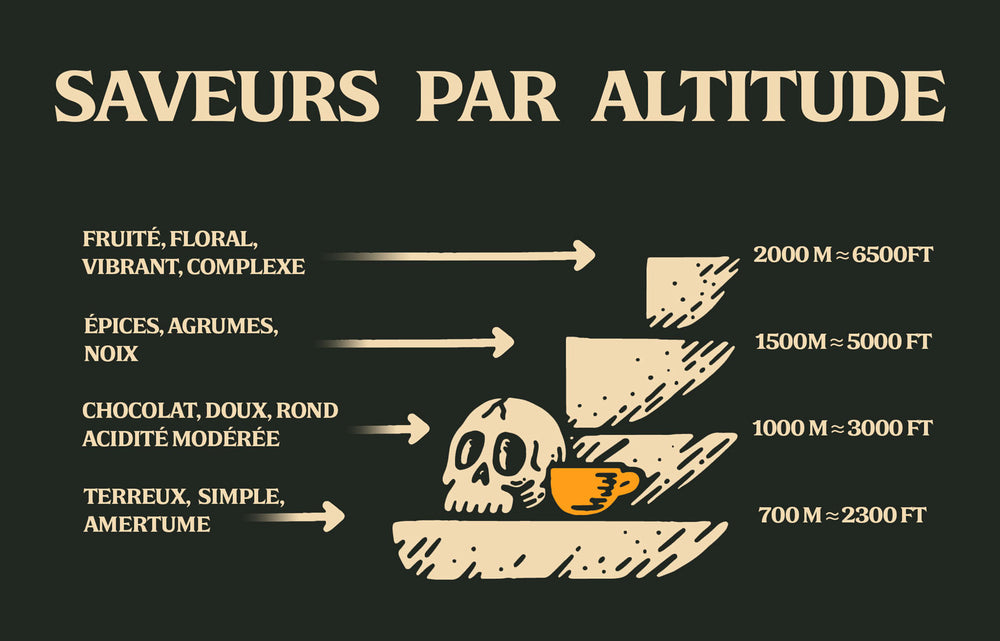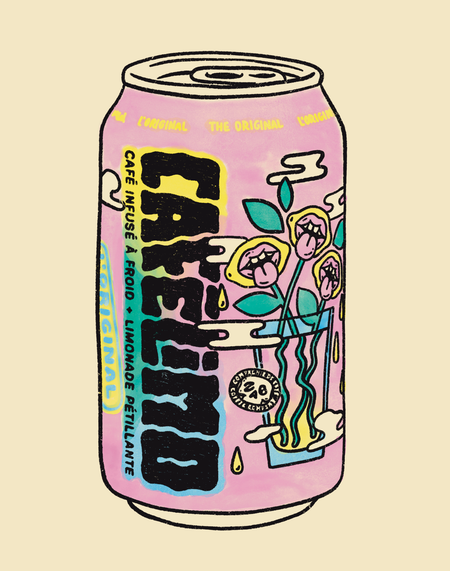Elevation
Have you ever thought about why elevation is often written on coffee bags? Well, that's because elevation, in conjunction with various other factors, plays a pivotal role in shaping its flavour profile. Let's explore how.
It all comes down to the coffee cherry's ripening time. The slower the cherry develops, the more time it has to develop rich flavours. It becomes more complex, develops more acidity, and at the same time, becomes denser. What encourages a slower ripening process of the coffee cherry? Lower growing temperatures. This is why there's a direct correlation with elevation; the higher the elevation, the lower the temperatures. Consequently, at these lower temperatures, the cherry experiences a more gradual growth!
However, coffee plants are sensitive to frost: a constant temperature below 4 degrees Celsius can be enough to kill the plant completely. Thus, a temperate environment is necessary throughout the year. This is why the ideal location for coffee cultivation is in the equatorial zone, between the tropics of Cancer and Capricorn.

The correlation between altitude and latitude also deserves special attention. When coffee grows close to the equator, we need a higher elevation to find low enough temperature to positively affect coffee flavours, because the Sun is at it's closest point to the Earth. Conversely, as you get closer to the Tropics of Cancer or Capricorn, not as much elevation is needed to create an ideal environment for coffee. It is therefore crucial to take this element into account when comparing elevations between different countries, although the comparison is easier within the same country.

Pathogens responsible for many diseases affecting coffee plants and cherries are also more likely to thrive at lower altitudes. Thus, plants located at higher elevations have a better chance of survival. Given the many diseases affecting coffee, taking elevation into account is therefore crucial for coffee producers.
It is then possible to take altitude into consideration when purchasing coffee beans. To simplify: if you prefer a more classic and round coffee, choose a lower elevation. On the other hand, if you like higher acidity and more complex flavours, head towards a higher elevation. While elevation alone doesn't dictate the taste of coffee, it does provide a substantial clue regarding what nuances might find their way into your cup.








